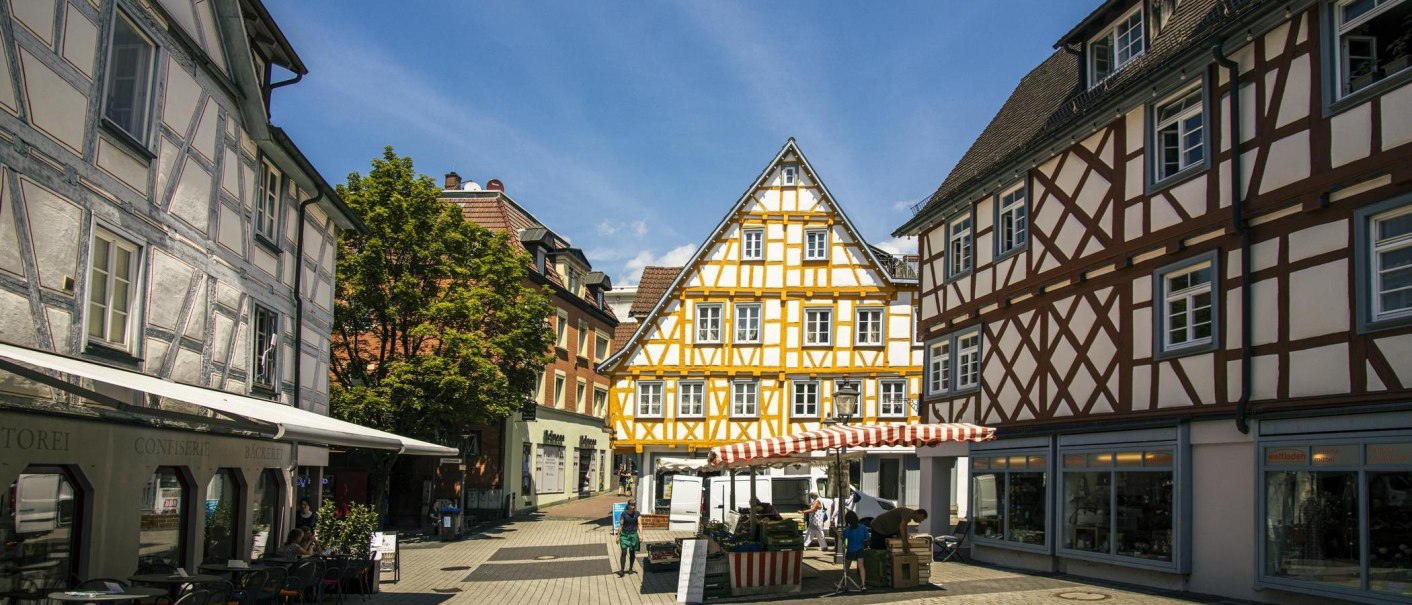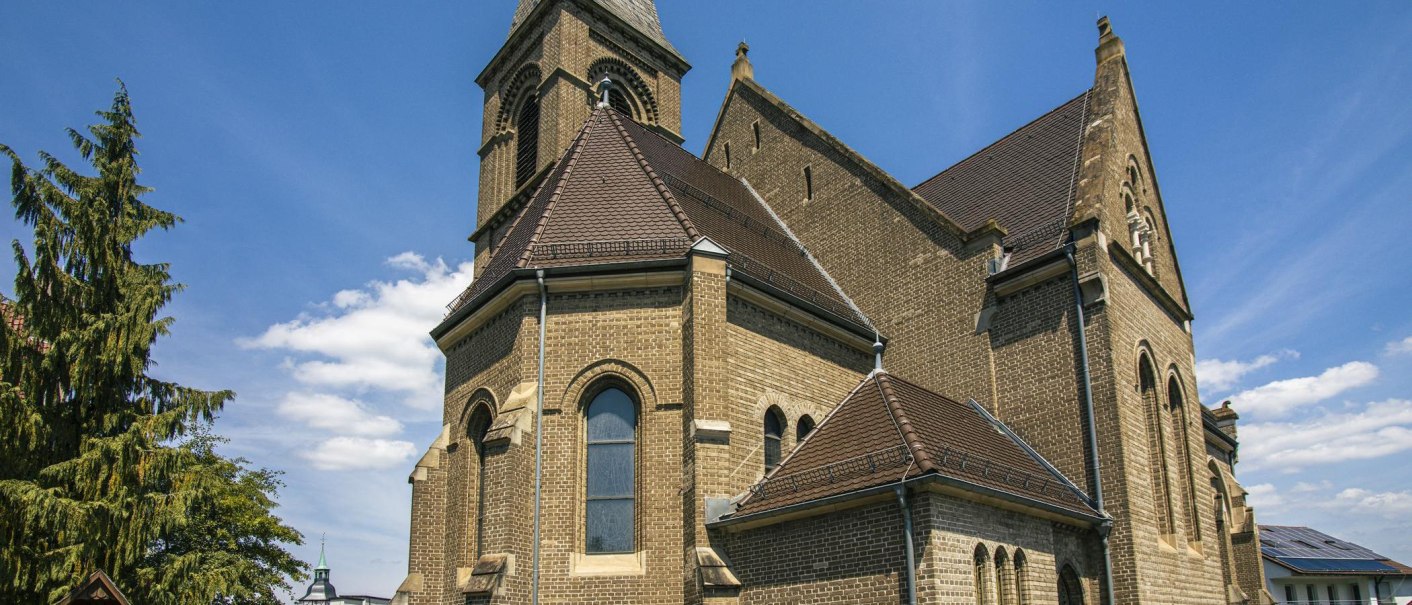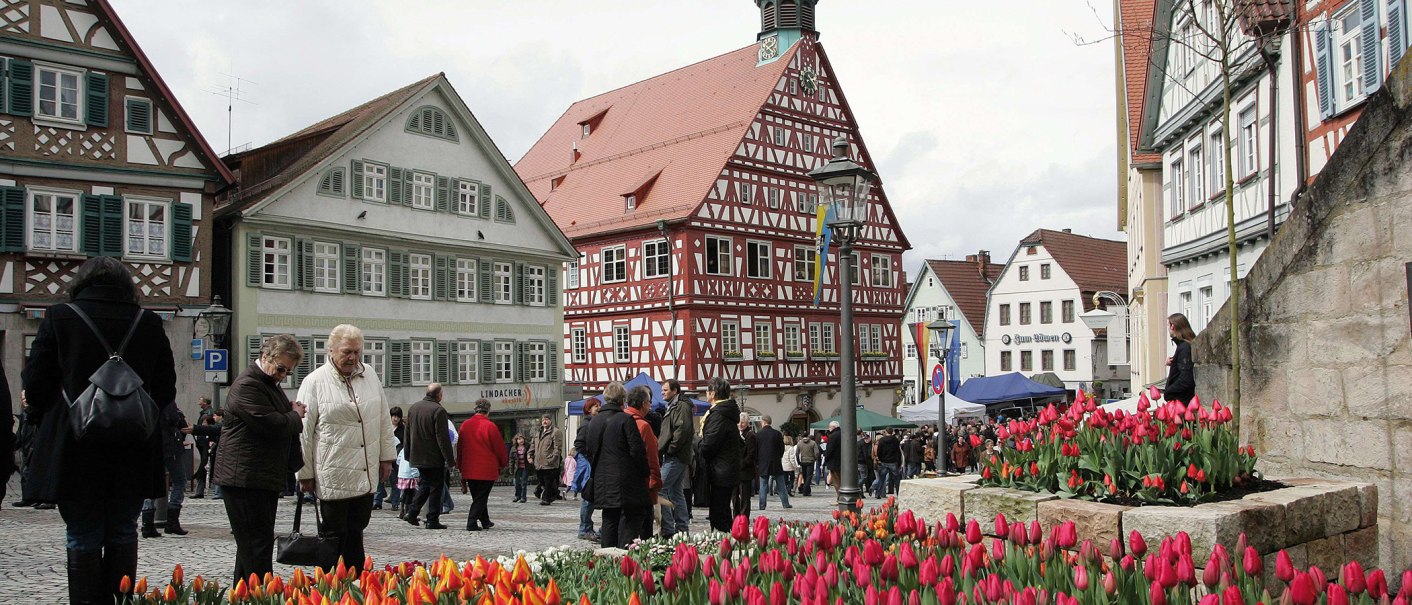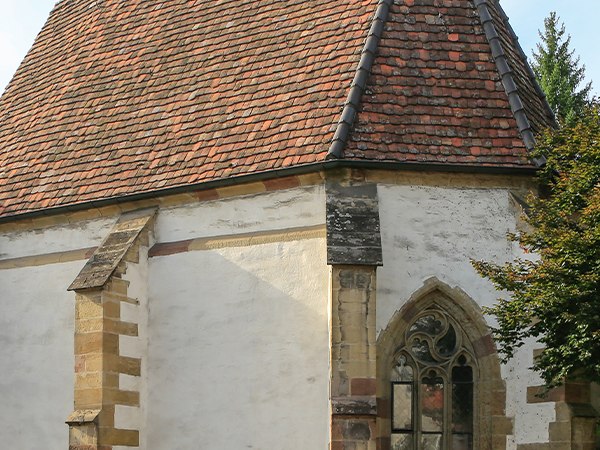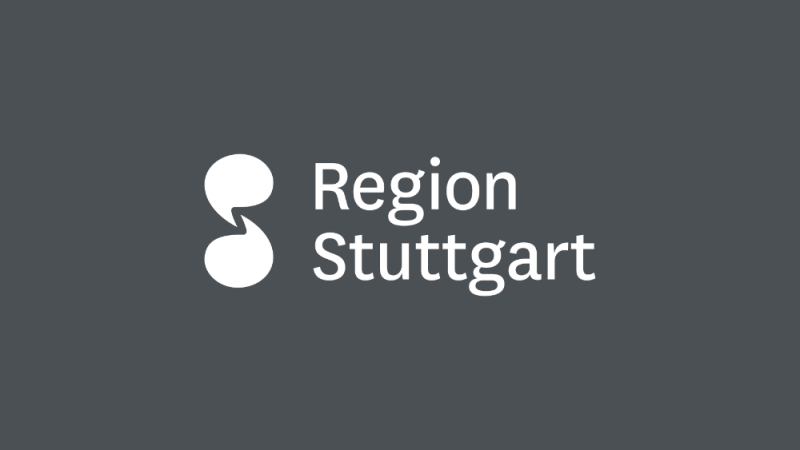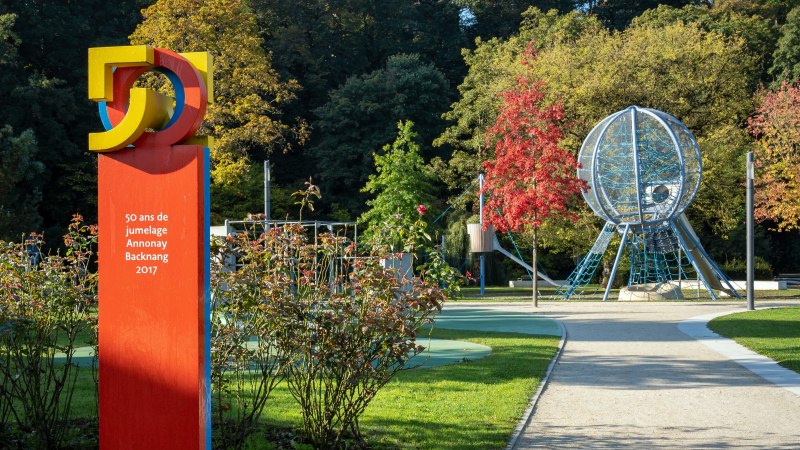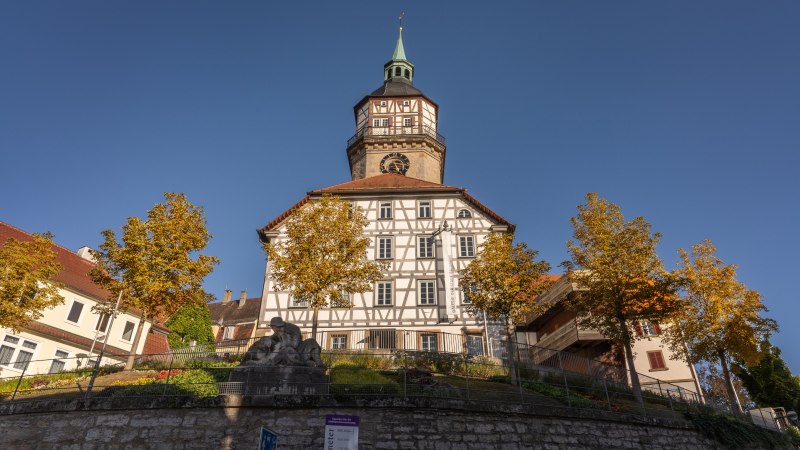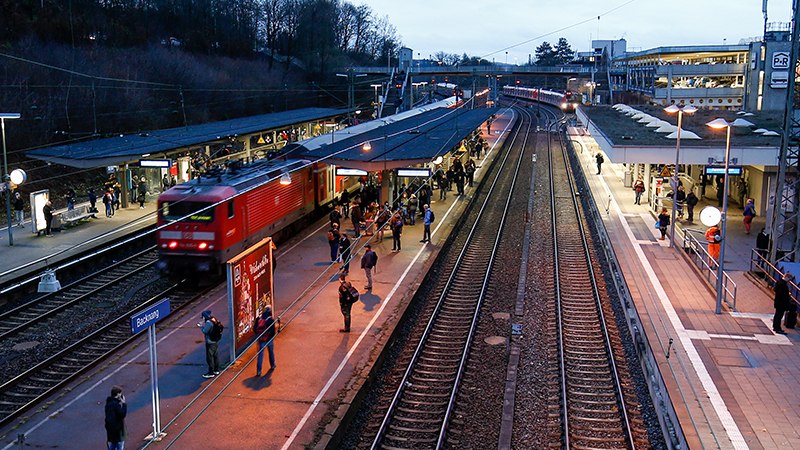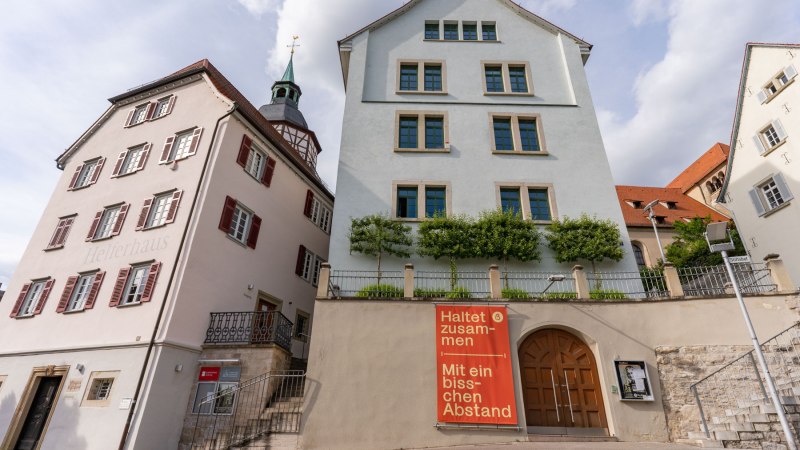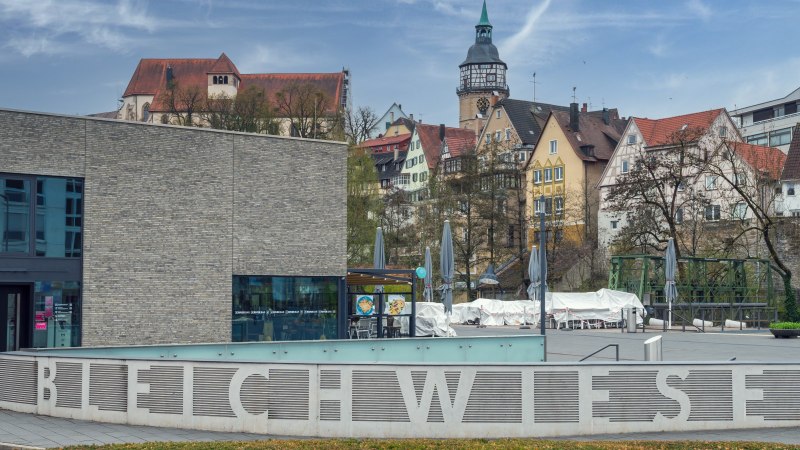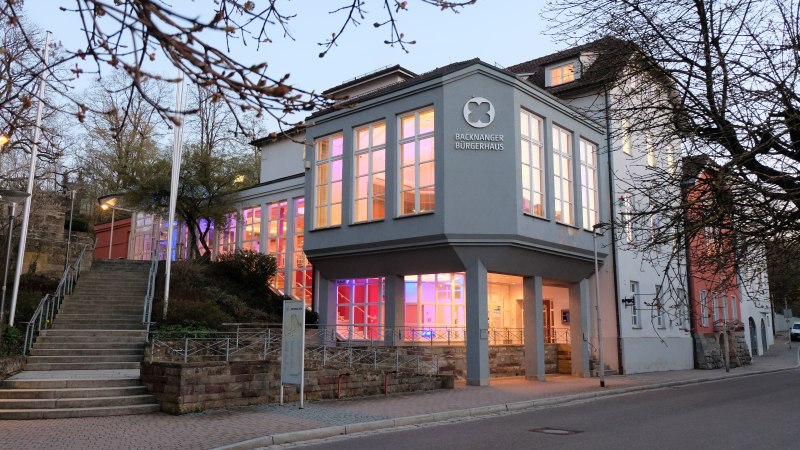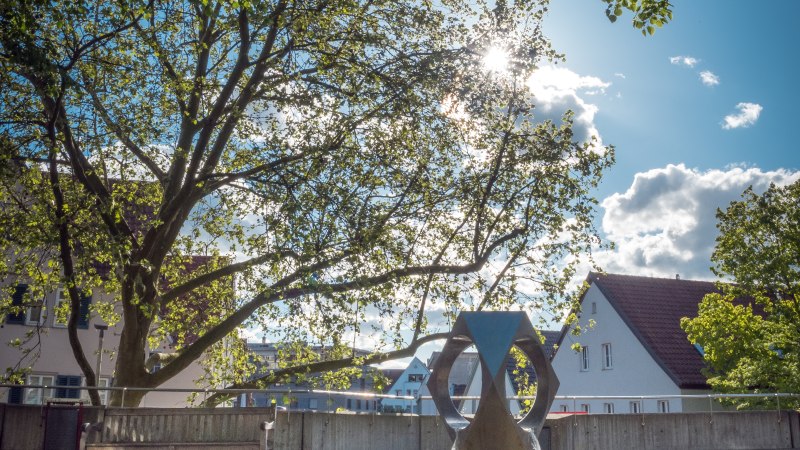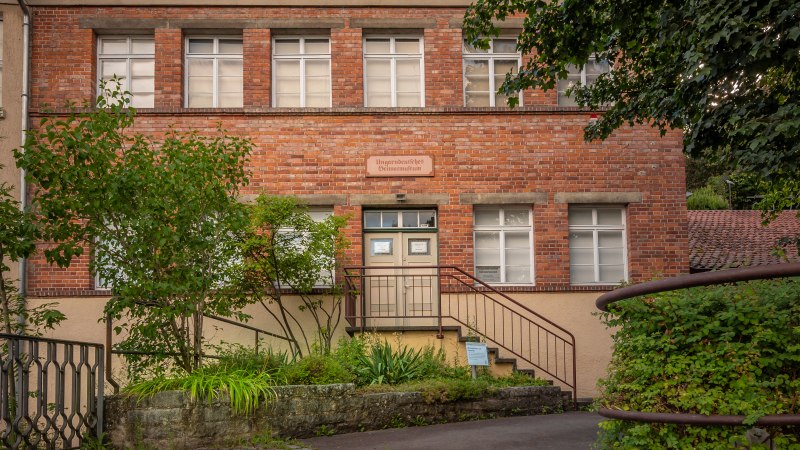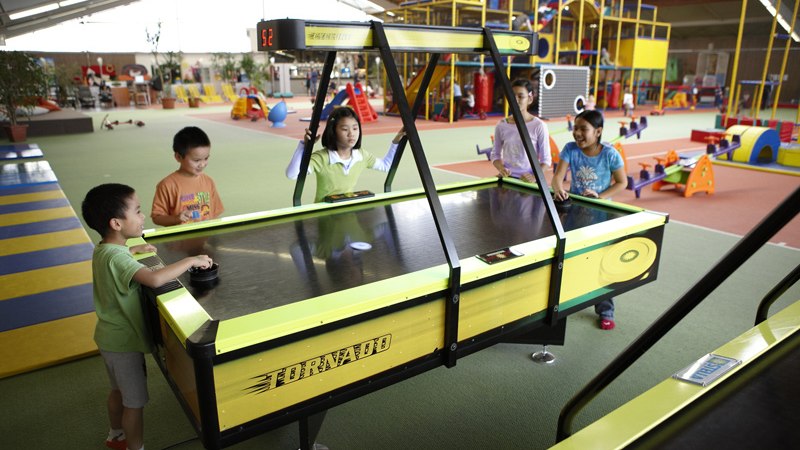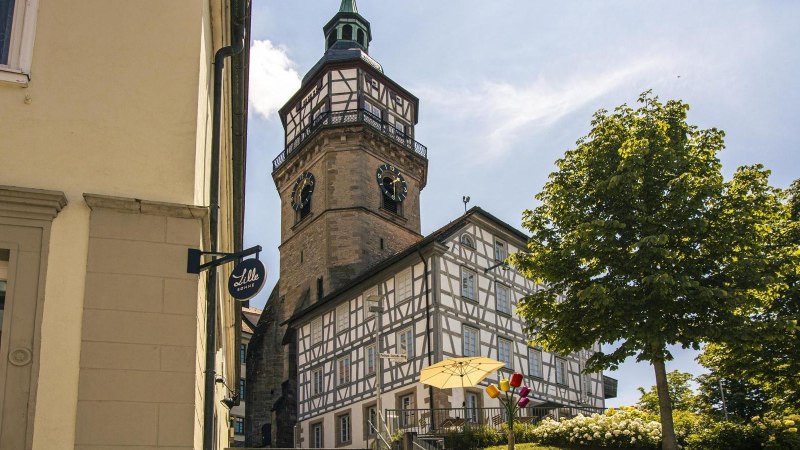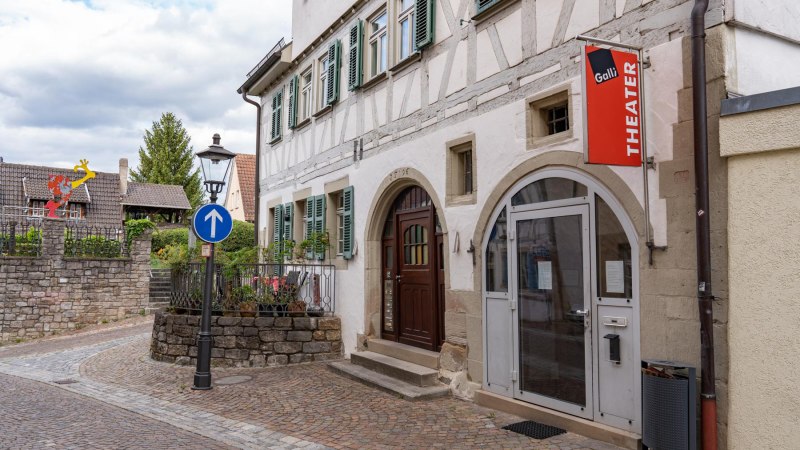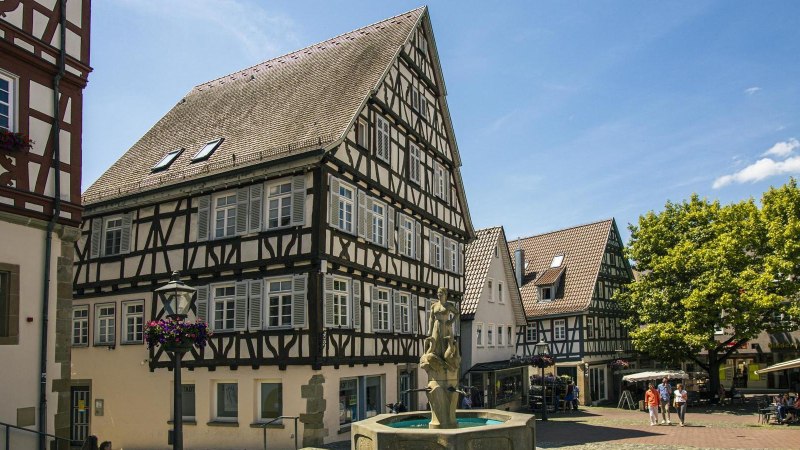Backnang
In the Backnang Bayou around 30 km to the north-east of Stuttgart at the gates of the nature park "Swabian - Franconian Forest". The district city presents itself at the interface between the forests, hills and valleys of the Swabian-Franconian Forest and the Stuttgart region. It connects all advantages of such a geographic location. You can feel the landscape which promises peace and relaxation and yet is still part of a modern economic region.
History
In the year 1067, "Baccananc" was mentioned for the first time in documents. At the time it belonged to the Hessons, who were under the direct influence of the emperor and belonged to the most exclusive higher nobility at that time in Germany. Through marriage, Backnang went in 1070 to the Margraves of Baden who built an Augustinian monastery here which was confirmed by the pope and privileged in 1116. Until the middle of the 13th century, Backnang was the burial place for the Margraves of Baden, the remains of whom have been in the reconstructed crypt of the collegiate church since 1929. The expansion of Backnang to a city must have occurred between 1220 and 1230. Around 1300, through marriage Backnang went to the House of Wuerttemberg, which continued to exercise its influence on the monastery until this lost its spiritual function in the course of the Reformation in the 16th century.
One of the most original events in the history of Backnang is certainly the so-called "Goose War" in the early 17th century. Keeping geese helped the poorer class improve their meager income but the geese caused considerable damage to the fields of the city, which caused the Backnang ruling class to ban the keeping of geese without further ado in 1606. However with the help of the Wuerttemberg Duke Johann Friedrich and against all opposition on the part of the ruling class in Backnang, the women of Backnang could reach the enactment of a "goose ordinance" in 1612 which allowed keeping geese again.
The Thirty Years' War and above all the invasion of the French in 1693 caused such damage to the city that it had to be fully rebuilt at the beginning of the 18th century. Numerous timber frame houses from this time still characterize the historical city center today.
The year 1832 marked the beginning of industrialization in Backnang with the founding of the "Upper Spinning Works". Numerous other companies from the leather processing trade coined the name "south German tannery city" Backnang, and this was justified in the city until the second half of the 20th century. The general structure change and the stricter environmental rules have caused this economic branch to almost completely disappear by today. The industrial emphasis shifted after the Second World War increasingly in the direction of electronic and communications engineering.
Since 1806, Backnang was the seat of the district office of the same name, which was changed to the district of Backnang in 1938 and to which also parts of the former district offices in Gaildorf, Marbach and Welzheim belonged. In 1956, Backnang became a large district city and in 1973 the main part of the district became part of the newly formed Rems-Murr District in the course of the district reform.

